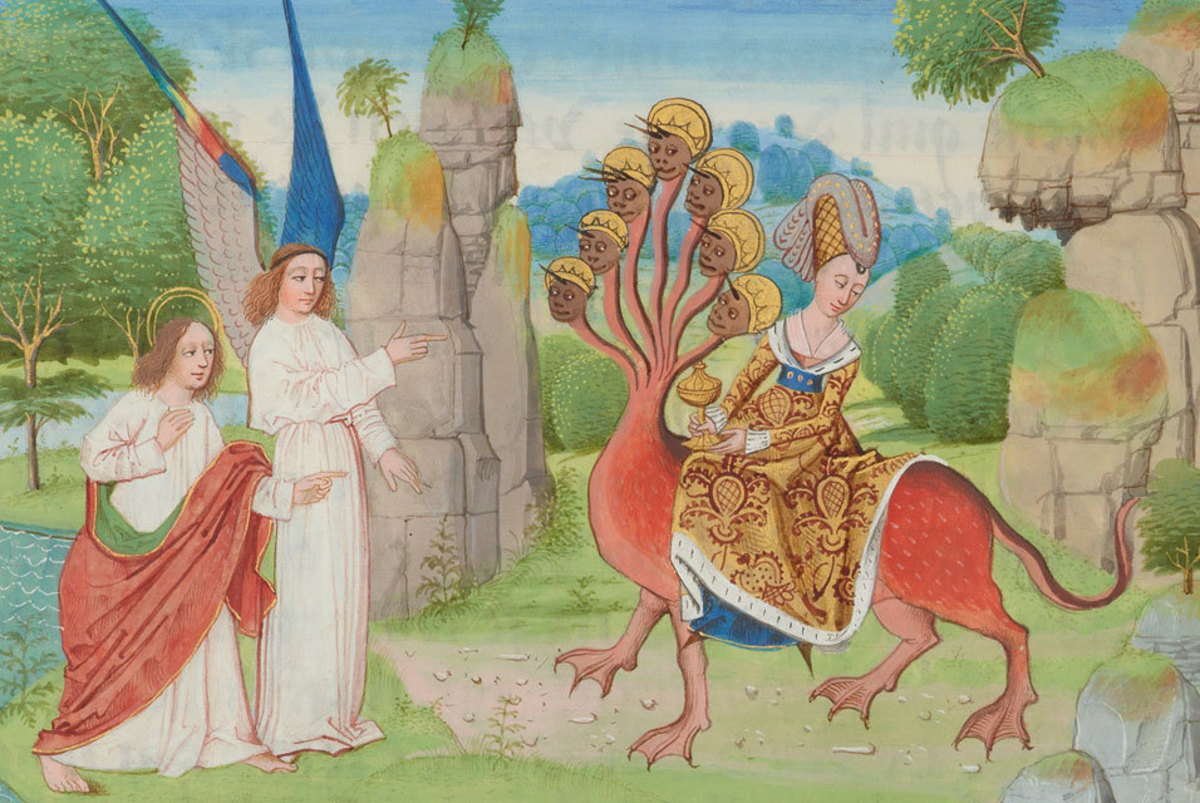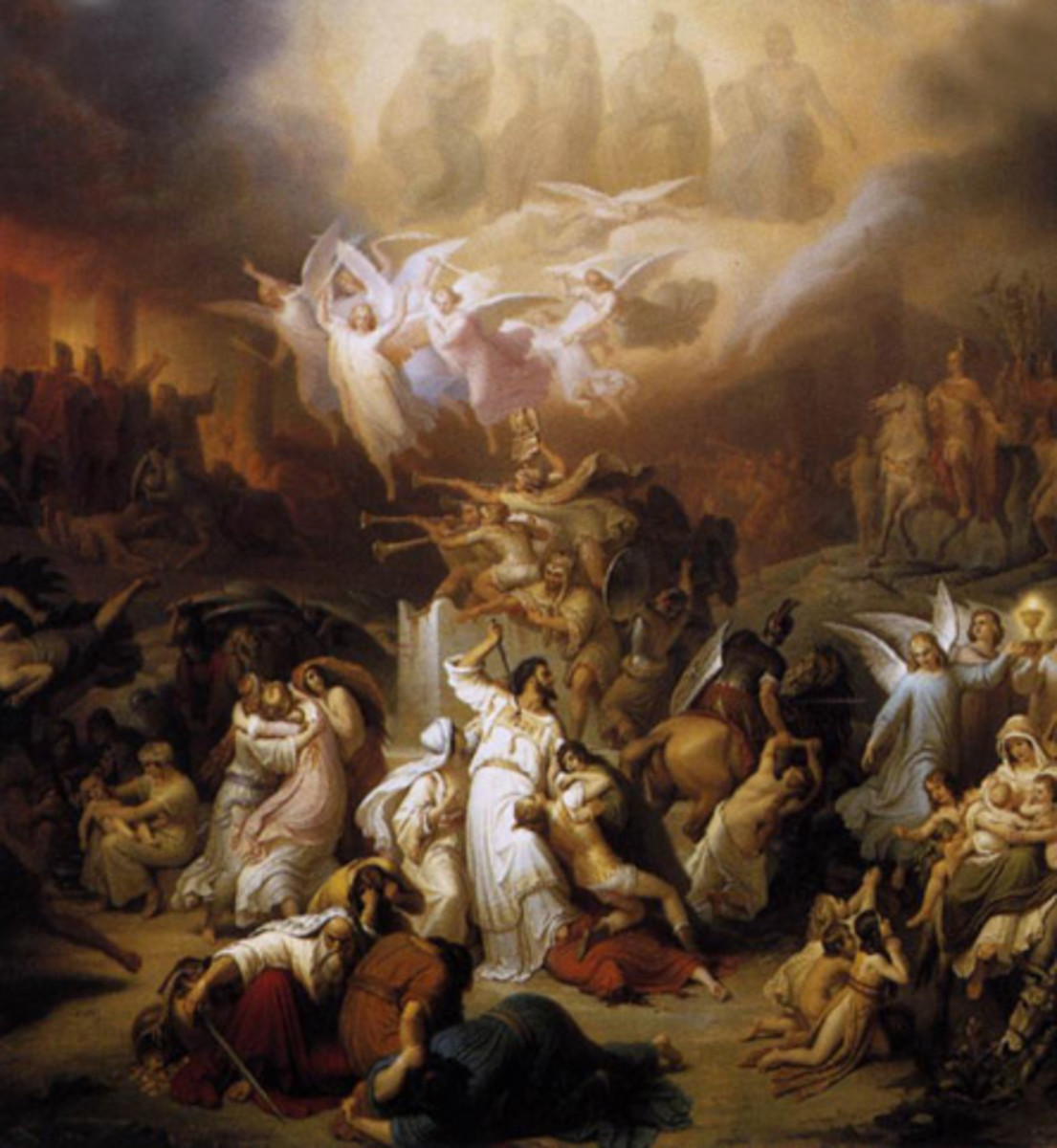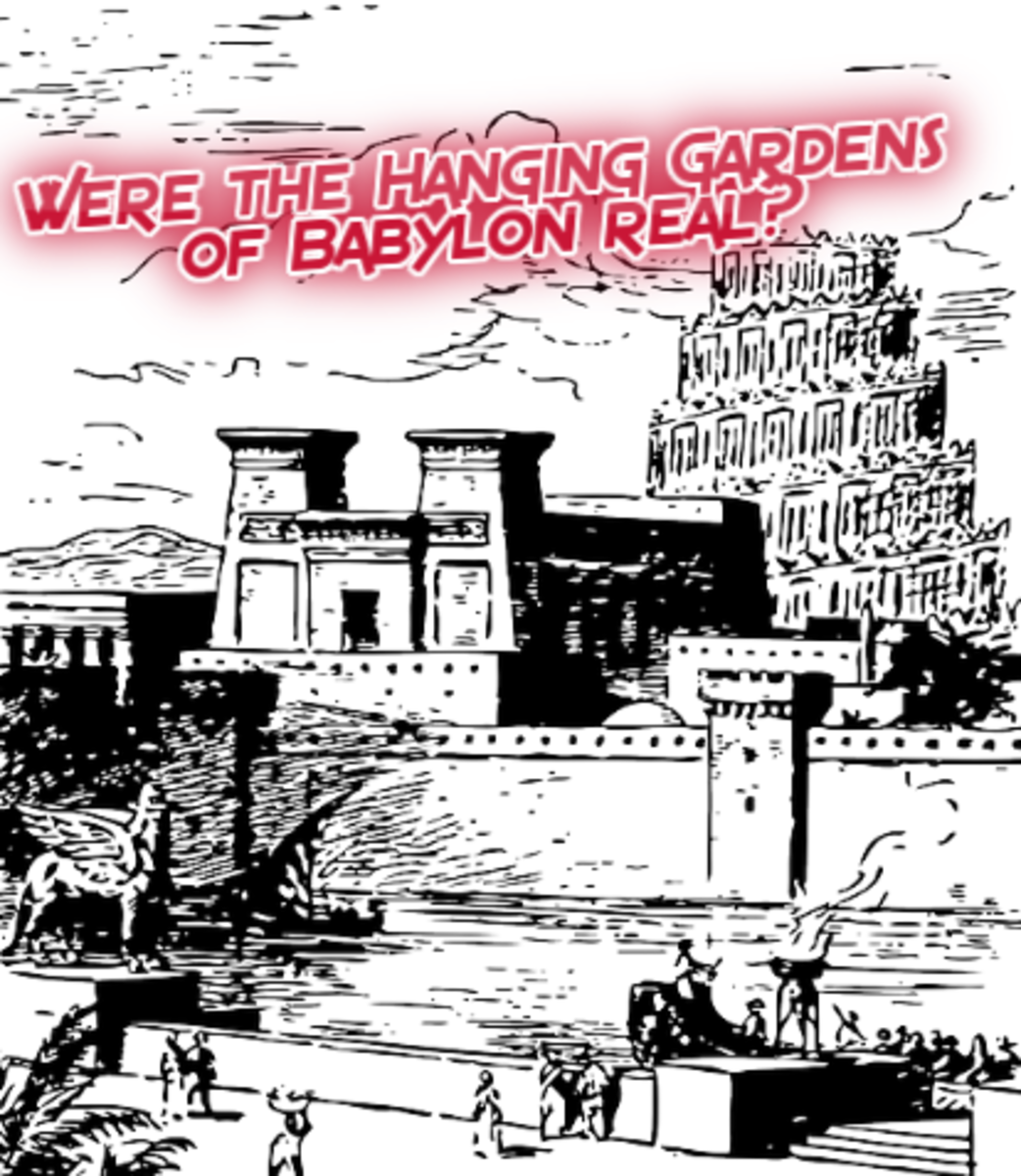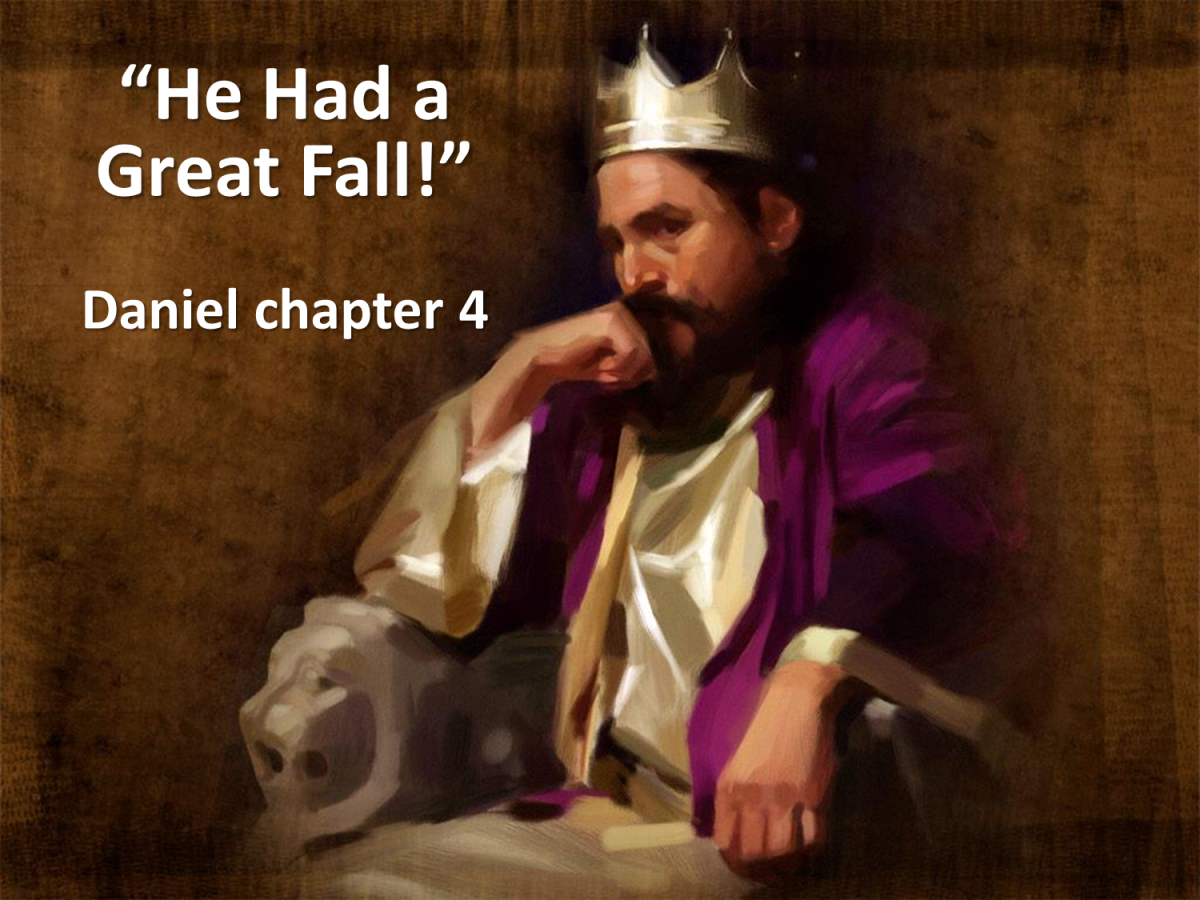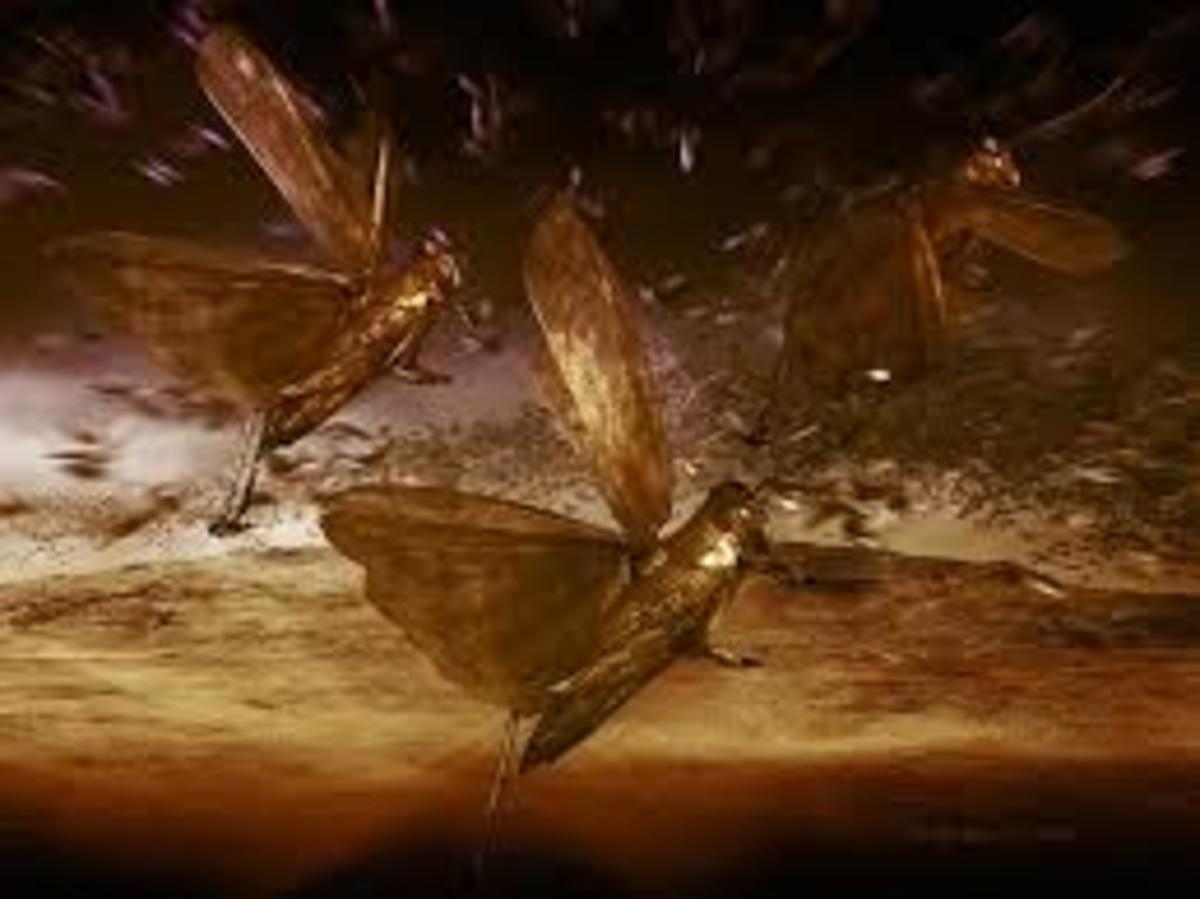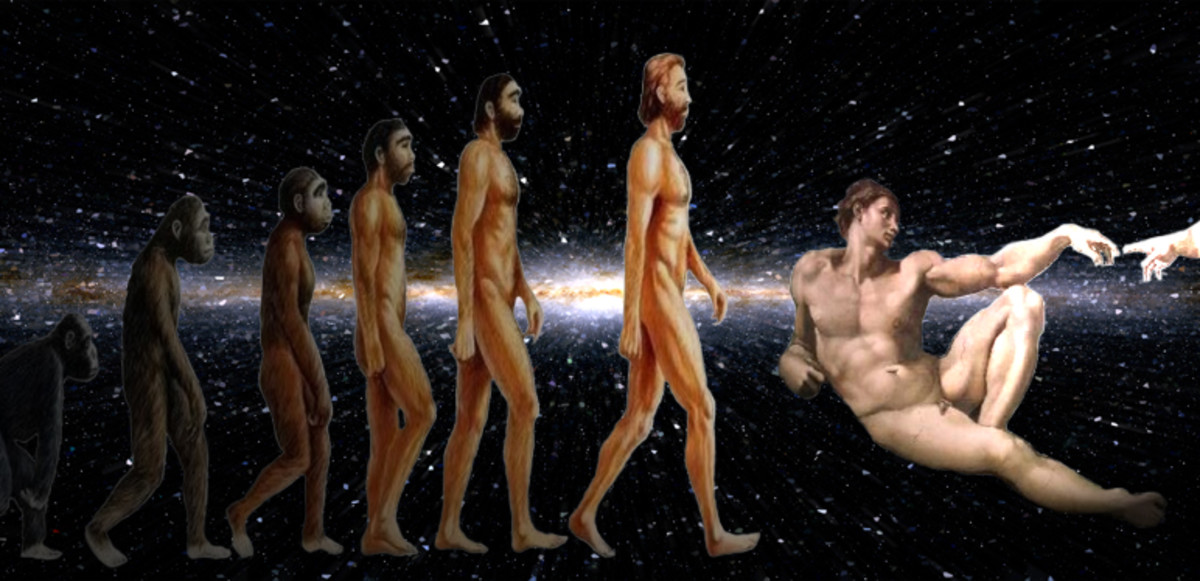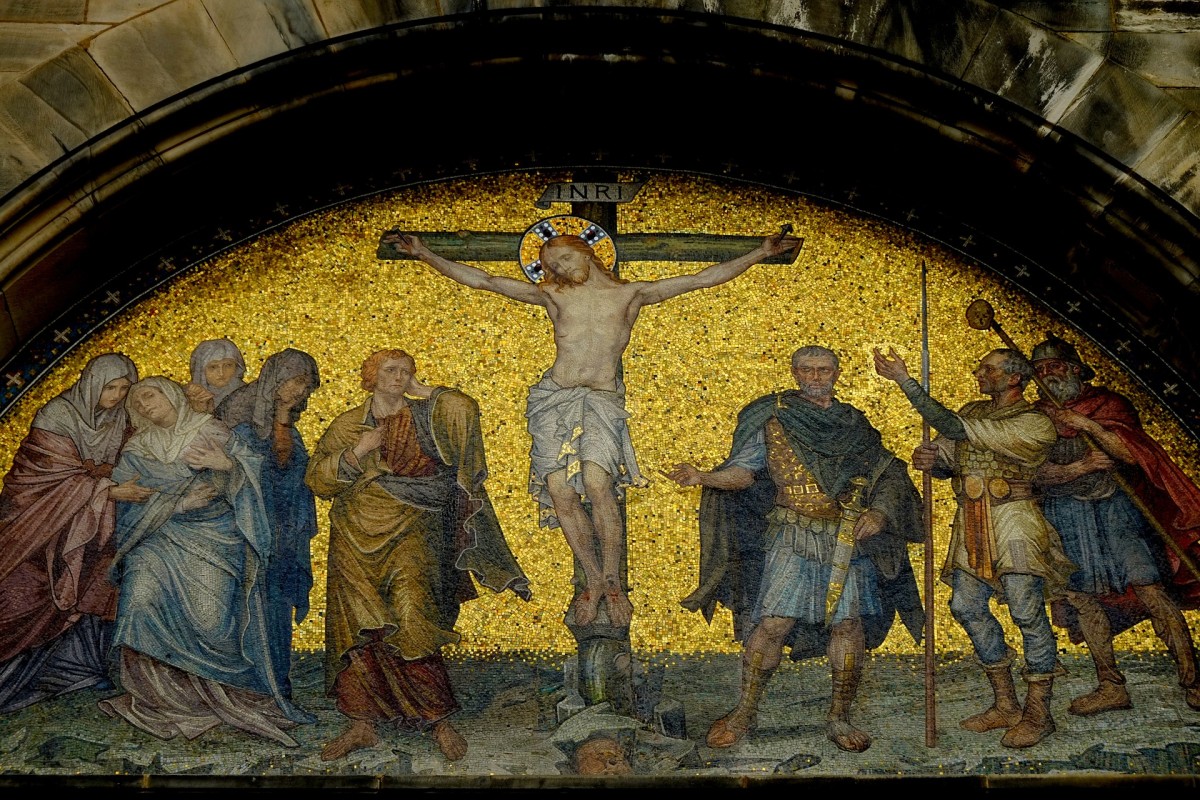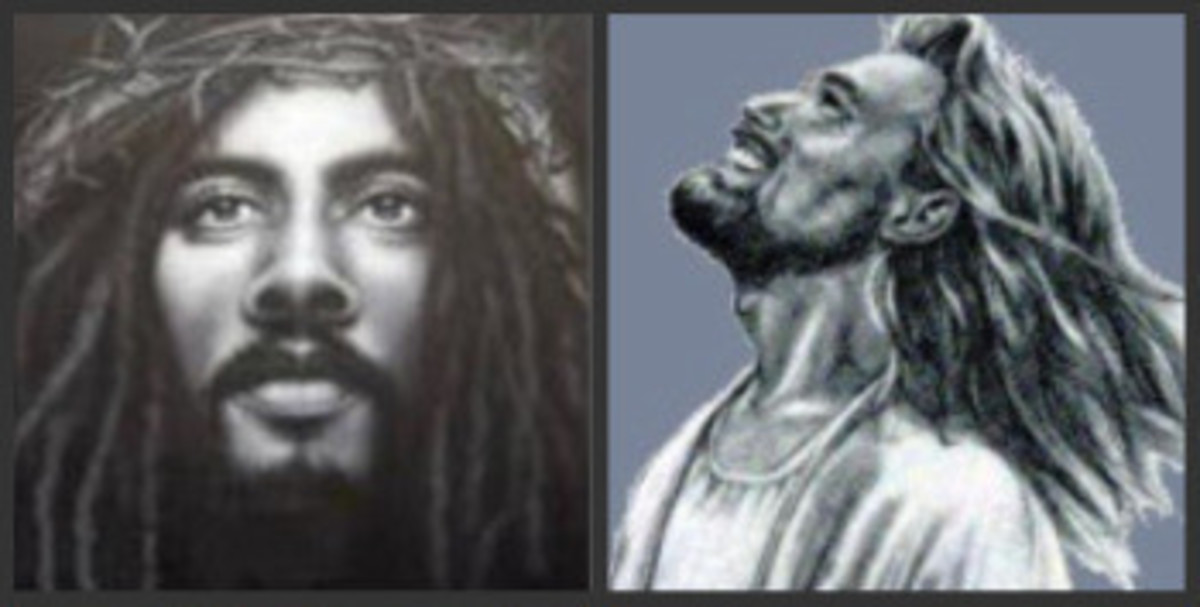Bible: What Do Isaiah 13-14 and Revelation 17 Teach Us About Babylon, the Great Harlot, and Its King?
Babylon
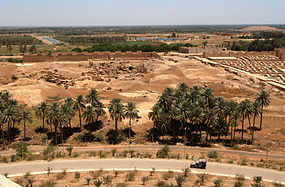
Which City is Babylon?
What city do you think is "Babylon"?
Isaiah 13-14 with Revelation 17: The Fall and Subsequent Divine Judgment Upon Babylon, the Great Harlot, and Its King
Isaiah 13
The Destruction of Babylon
A new section begins with the term "burden" (or oracle) to indicate what the prophet felt—or in Isaiah's case, "saw"—against various lands in the ancient near East (v. 1).
Three imperatives in verse two direct an unidentified group to notify others to enter a city; God has called together His "sanctified ones" (v. 3).
Apparently, He has also summoned the nations' armies together to destroy the land of Babylon (vv. 4-5).
The "day of the LORD" refers to Babylon's coming destruction, and foretells God's "Great Tribulation" judgment upon the "Mystery" city during the end times (v. 6; cf. Matthew 24; Revelation 17).
This nation will experience great fear and emotional pain (vv. 7-8), coupled with destruction of its sinners and physical darkness upon its land (vv. 9-10).
God had determined to annihilate completely the evil, ancient world, especially Babylon (vv. 11-16); historically, He utilized the Medes to devastate Chaldea and its people, including their small children (vv. 17-20).
Afterwards, only wild animals were fit to roam the earth (vv. 21-22).
Isaiah 14
Isaiah continues the theme of Israel's regathering and her pre-eminence over other nations in the future kingdom (vv. 1-2; see chap. 12).
In that day, the newly saved nation will speak proverbially about the fall of the king of Babylon at Yahweh's hand (vv. 3-5).
She will highlight this king's unhindered persecution (v. 6), nature's joy at his demise (vv. 7-8), and the mockery of other kings upon his arrival in Sheol (vv. 9-11).
Lucifer
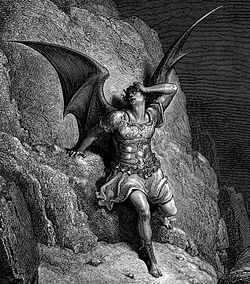
Lucifer: "King of Babylon"
The man of God then switches gears to consider the career of another king who has fallen—Lucifer (Day Star) (v. 12).
Note Lucifer's five-fold ego trip (vv. 13-14) and his deflation (v. 15).
Beginning in his heart, his sin expressed itself in an inordinate desire for pre-eminence over the "stars" of God (angels?) [v. 13].
Confined to a lower level of heaven, this "king" sought a higher place "above the heights of the clouds" (v. 14); he coveted God's position, or at least to be on a par with Him (v. 14).
Verses 16-17 record men's evaluation of this fallen king when they see him in that state of humiliation; they recognize the former destroyer as himself destroyed and wretched.
Then Isaiah contrasts this man's inglorious status in death with that of all the kings of the nations (vv. 18-21).
[The preceding section discusses a matter that is very difficult to interpret.
Is this passage referring to the fall of Satan, to the human king of Babylon, or to both?
Enemies treat the man like dung, an abominable branch, a "holey" garment, a trampled corpse.
He has destroyed his land and killed his people.
Others then call for the execution of his children.
Seeing Satan in this portrait strains the limits of credulity if one is to interpret the text literally].
God promises to destroy Babylon's population and make the place uninhabitable by man (vv. 22-23).
He also swears to humble the "Assyrian" and remove his tyranny from Israel by exercising His omnipotence (vv. 24-27).
Isaiah warns Philistia, which rejoices at the death of Tiglath-pileser, that it will yet face dissolution (vv. 28-31).
His own people, however, the LORD will protect (v. 32).
Mystery! Babylon the Great
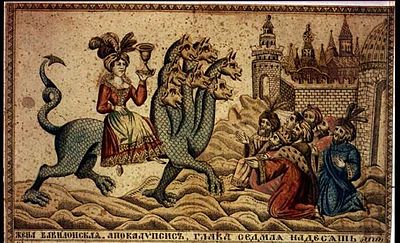
Babylon and Her King
view quiz statisticsJohn MacArthur
The Harlot
Revelation 17
One of the seven angels invites John to witness the destruction of “the great harlot who sits on many waters” (v. 1; cf. 17:15). This international/global system commits “fornication” with “the kings of the earth,” appearing to indicate an unfaithful, spiritual union between false religions and humanistic governments. “Those who dwell on the earth” become drunk (or exhibited the effects of drunkenness) because they imbibe the dictates of this union (v. 2).
The angel then transports the Spirit-inspired apostle into the wilderness where the latter sees a woman clad in the luxurious accouterments of a harlot, “sitting on a scarlet beast which was full of names of blasphemy, having seven heads and ten horns,” and holding a golden cup of abominations. The writing on her forehead reveals the harlot’s name (“Babylon the Great”) and her role throughout history; Babylon has given birth to all the spiritually unfaithful religions and abominable traditions that have been on earth (vv. 3-5). [Centered in Babylon, this false religious system will probably be supported by the Revived Roman Empire].
John stands marveling at this murderous harlot, drunk with the power of life and death (v. 6). Surprised that John is amazed at the sight of the woman and the beast, the angel informs the apostle that he will tell him the meaning of these symbols (v. 7).
[That the beast carries her may indicate that the State is financially and politically supporting the religious system].
He reveals that the beast was comprised of empires that once existed, but in John’s day are no longer around; however, the beast, embodied in the Antichrist, will ascend from the pit and eventually be destroyed.
“Those who dwell on the earth”—people whose names God did not include in the Book of Life from eternity past—will marvel at this Roman prince when they see him (v. 8; cf. 3:10; 13:14).
The Seven Heads and Seven Kings
Engaging in more intricate interpretations of the symbols, the angel now clearly delineates to John that the beast’s seven heads represent “seven mountains on which the woman sits” (v. 9).
Since the angel associates seven kings with these mountains, that means that these mountains probably represent kingdoms.
He indicates that the false religious system has controlled (or will control) [“on which the woman sits”] all seven kingdoms.
Five of these empires have fallen (Egypt, Assyria, Babylon, Persia, Greece); one is (Rome), and the other has not yet come (Revived Roman Empire).
The seventh empire “must continue a short time” (v. 10); it will hold sway during the tribulation period.
The eighth kingdom originates from or shares the characteristics of the preceding seven; it is not one of the seven mountains/heads, but is the Gentile world empire/beast itself that Christ will destroy at His Revelation (v. 11).
[The NASB introduces some confusion here by inserting a word not in the original: “one.” By doing so, it makes the beast one of the seven and also the eighth.]
The Ten Horns/Ten Kings
The angel interprets the ten horns as ten kings to whom God gives power and authority, but no kingdoms at that time.
As a group, they have one purpose: to deliver their authority over to the leader of the Revived Roman Empire (vv. 12-13).
[How can these kings have no kingdoms yet have authority as kings?]
As “Lord of lords and King of kings,” Christ, accompanied by His “called, chosen, and faithful”—the Church—will defeat these horns at Armageddon (v. 14; cf. 19:19-21).
Now the angel interprets a symbol related to the harlot—namely, the waters upon which she sits—as meaning world-wide or ecumenical (“peoples, multitudes, nations, and tongues”) [v. 15].
[Oikoumene (from which the term "ecumenical" is derived) means “house dwellers.”
Little, if anything, distinguishes “house dwellers” from “those who dwell upon the earth”--a technical term that delineates people whose value system finds its "home" on Earth, not in heaven.]
In obedience to the beast to whom God has caused them to swear allegiance, the ten-kingdom confederacy will succeed in destroying this worldwide religious system (vv. 16-17).
Finally, the angel identifies the woman as Babylon (“that great city which reigns over the kings of the earth”) [v. 18].
[Does John intend his readers to understand Babylon to mean Rome (cf. 1 Pet. 5:13) or a literal Babylon?]
© 2012 glynch1


